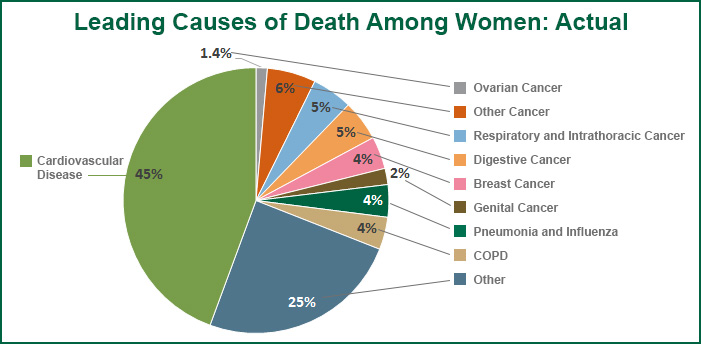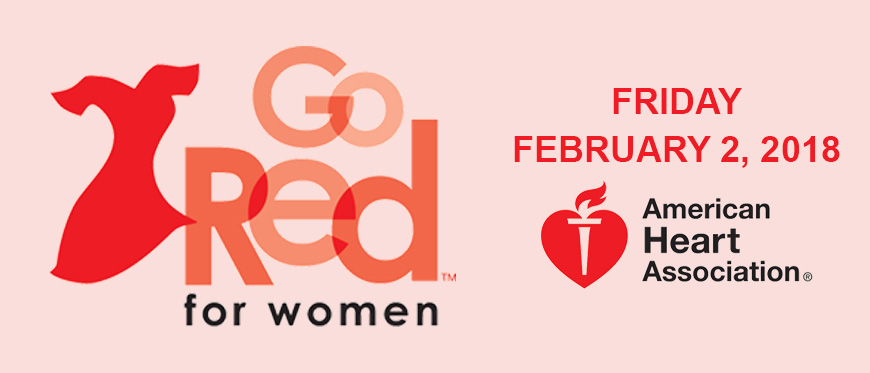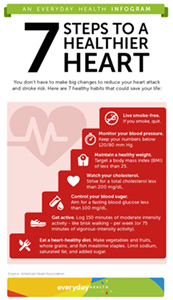February is when the American Heart Association (AHA) goes red for women. National Wear Red day is on Friday, February 2, 2018 and the goal is to raise awareness about heart disease being the #1 killer of women.
In fact, cardiovascular disease and stroke cause 1 in 3 women’s death each year. That means that one woman dies every 80 seconds from cardiovascular disease. Women have a higher lifetime risk of stroke and are less likely to survive their first heart attack when compared to men.

Heart Attack Symptoms for Women
Symptoms of a heart attack can be very different for women. Chest pain is often not a symptom that women experience. Instead, some women experience:
- jaw or back pain,
- shortness of breath,
- lower extremity swelling, or
- gastrointestinal upset.
Fortunately, about 80% of heart disease and stroke can be prevented by lifestyle changes and education. Modifiable risk factors include hypertension, smoking, cholesterol, activity level, weight and diabetes.
Know Your Numbers
The AHA recommends knowing your numbers:
- total cholesterol,
- HDL (good) cholesterol,
- blood pressure,
- blood sugar, and
- body mass index (BMI).
These numbers will help your healthcare provider calculate your overall cardiovascular risk. It will also help you identify where you can make healthy lifestyle changes.
A good start is to follow Life’s Simple 7:
- Manage your blood pressure (BP). By maintaining a healthy BP you are decreasing the strain on your heart, arteries and kidneys.
- Control your cholesterol in order to prevent blockages throughout your blood vessels.
- Control your blood sugar. Persistently elevated blood sugars can lead to diabetes.
- Increased physical activity promotes overall heart health.
- Eat healthy.
- Maintain a healthy weight to decrease the burden on your heart and other organs.
- Quit smoking.
Know your Heart Score
My Life Check® was designed by the American Heart Association with the goal of improved health by educating the public on how best to live. These measures have one unique thing in common: any person can make these changes, the steps are not expensive to take and even modest improvements to your health will make a big difference. Start with one or two. This simple, seven step list has been developed to deliver on the hope we all have--to live a long, productive healthy life.
To learn more regarding your cardiovascular risk and to know your heart score please visit the American Heart Association's 7 Steps to a Healthier Heart.






